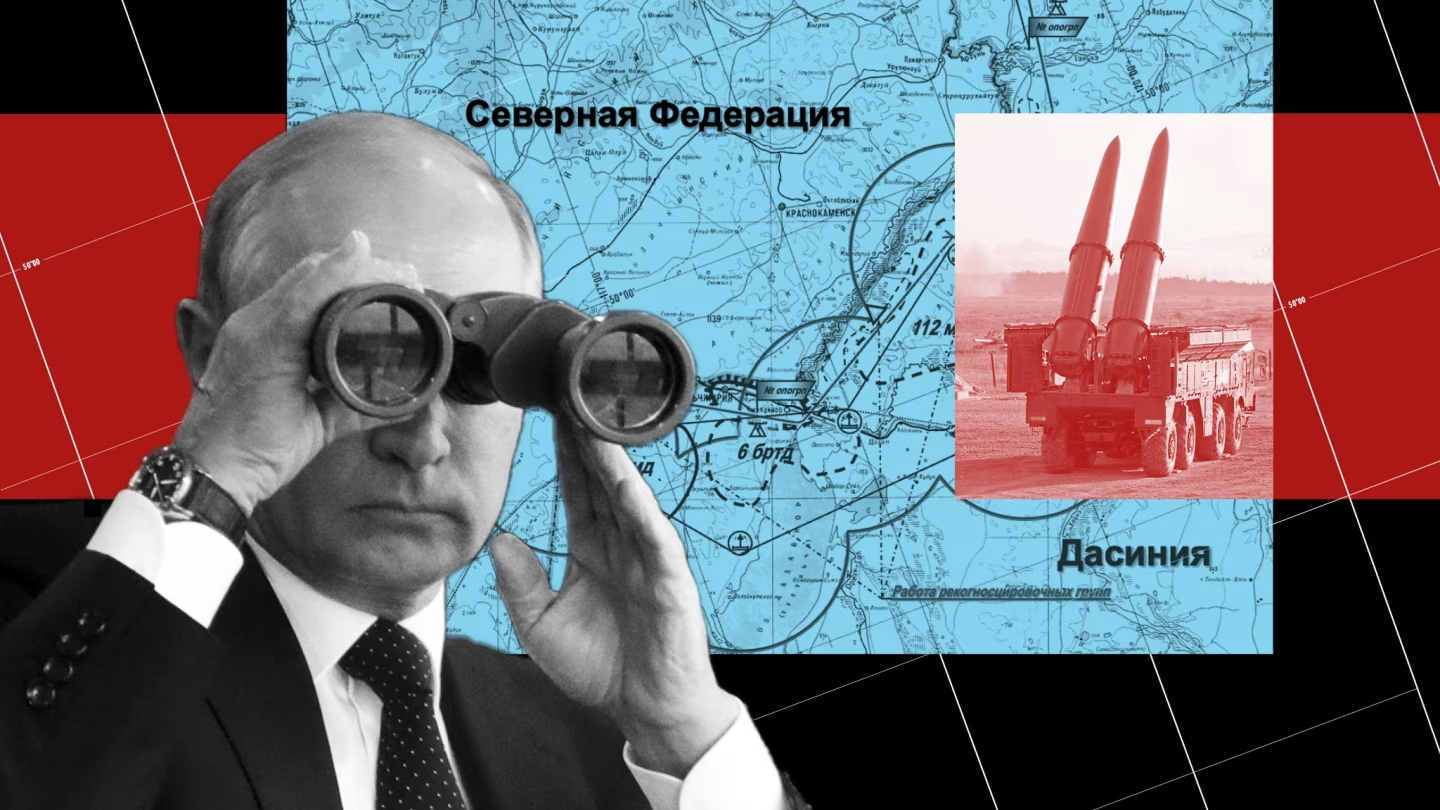Russia significantly broadened its criteria for potential nuclear weapons use on Tuesday, with President Vladimir Putin approving a new military doctrine that lowers the threshold for nuclear strikes amid escalating tensions with the United States over Ukraine.
The revised state policy on nuclear deterrence expands Russia’s conditions for nuclear deployment to include conventional attacks that pose critical threats to Russian or Belarusian sovereignty and territorial integrity. This marks a substantial shift from the 2020 doctrine, which limited nuclear response to scenarios involving direct nuclear attacks or conventional warfare threatening Russia’s existence.

The updated policy specifically addresses scenarios involving non-nuclear states supported by nuclear powers, effectively categorizing such actions as joint attacks. According to the doctrine, any mass aerospace assault crossing Russian borders, including attacks with aircraft, cruise missiles, or unmanned vehicles, could trigger a nuclear response.
Kremlin spokesman Dmitry Peskov emphasized the deterrent nature of the policy change, stating it aims to clearly communicate to potential adversaries the “inevitability of retaliation” against any aggression toward Russia.
The timing of the doctrine’s revision comes days after reports emerged that the Biden administration had authorized Ukraine to use American-made missiles for strikes deep within Russian territory. The Kremlin is closely monitoring the potential deployment of U.S.-made ATACMS missiles in Ukraine’s Kursk region operations.
Putin previously warned that Western support for such strikes would constitute “direct involvement of NATO countries” in the Ukraine conflict, as NATO infrastructure would necessarily be involved in missile targeting and deployment.
The policy shift occurs as the Ukraine conflict passes its 1,000th day, marking the most severe confrontation between Russia and the West since the 1962 Cuban Missile Crisis. Russia and the United States collectively control 88 percent of global nuclear warheads, with Putin maintaining ultimate authority over Russia’s nuclear arsenal.
U.S. intelligence officials have expressed concern about potential Russian tactical nuclear weapons use. CIA Director Bill Burns confirmed that in 2022, the United States issued explicit warnings to Putin regarding consequences of deploying such weapons.
In a related development, Russia has initiated mass production of mobile bomb shelters designed to protect against various threats, including radiation and shockwaves, suggesting preparation for potential escalation scenarios.
REUTERS



